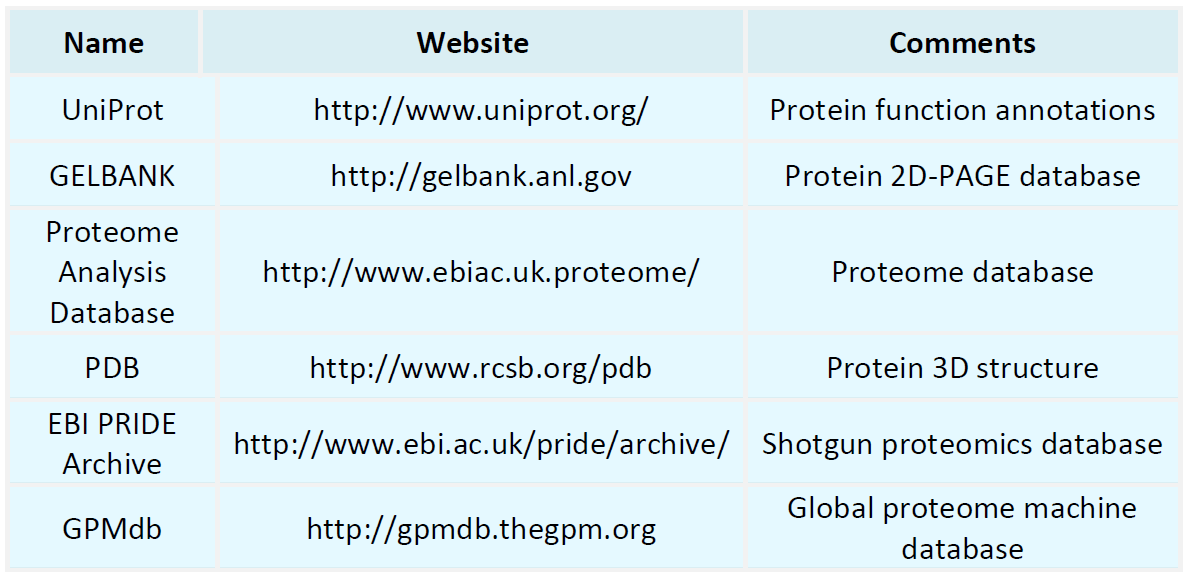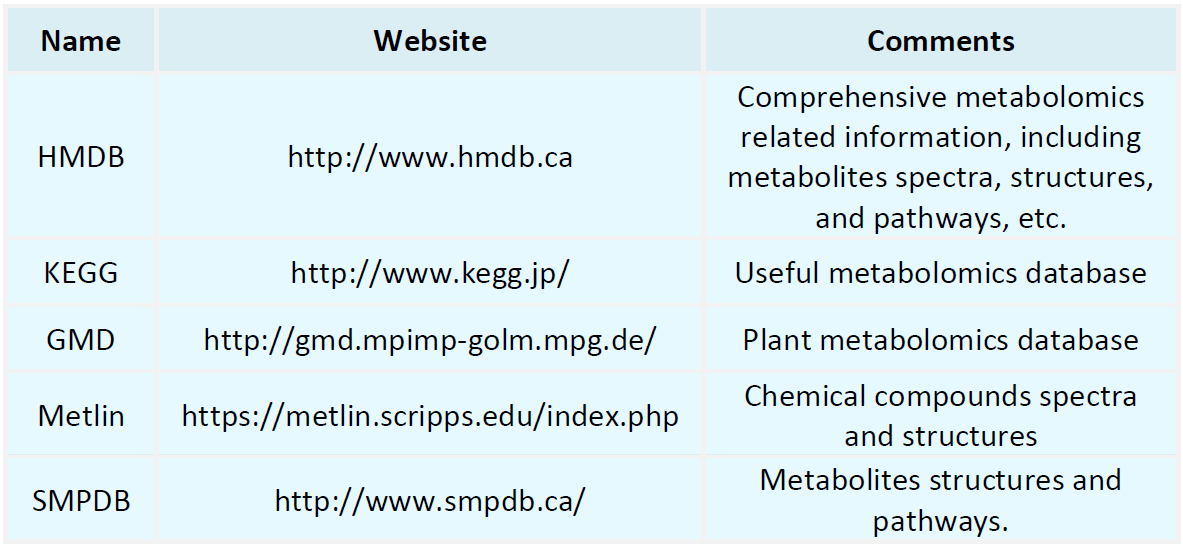Resources
Proteomics Databases

Metabolomics Databases

-
ICAT proteomics (Isotope-Coded Affinity Tag proteomics) is a mass spectrometry-based technique that enables accurate and high-throughput quantitative proteomic analysis. Its fundamental principle involves labeling cysteine-containing proteins with isotope-coded affinity tags, allowing for the comparative quantification of proteins across different biological samples. This method is particularly advantageous in complex proteomic studies, facilitating the identification and quantification of differentia......
-
• Mass Spectrometry Biomarker Discovery
Mass spectrometry biomarker discovery leverages mass spectrometry techniques to identify and quantify specific molecular biomarkers within complex biological samples. Biomarkers, which can include proteins, metabolites, or other biomolecules, serve as indicators of physiological or pathological states. Cancer research is a prominent application area of this technology. By comparing biological samples from healthy individuals with those from cancer patients, researchers can pinpoint potential cancer-sp......
-
• Thermal Shift Assay Drug Discovery
The thermal shift assay (TSA) is a widely used biophysical method for assessing protein thermal stability and has become an essential tool in thermal shift assay drug discovery. Its fundamental principle is based on the observation that small-molecule binding can alter a protein’s conformational stability, leading to measurable shifts in its melting temperature (Tm). By tracking the protein melting curve with a fluorescent probe, researchers can quantify ligand binding strength and obtain critical dat......
-
• Densitometry Protein Quantification
Densitometry protein quantification is a quantitative analytical method that relies on the principle of substance density changes. It harnesses the relationship between the density of a protein solution and its concentration to accurately determine protein content. In proteomics research, precise protein quantification is essential for deciphering biological mechanisms, discovering disease biomarkers, and drug development. Traditional protein quantification methods, such as ultraviolet absorption (UV)......
-
MALDI proteomics is an advanced mass spectrometry technique used for the efficient analysis of proteins and large biomolecules. When compared to traditional mass spectrometry methods, MALDI proteomics offers enhanced detection sensitivity, higher throughput, and requires less sample material. This technology enables precise analysis of complex biological samples, allowing researchers to identify protein mass, structure, and interactions. MALDI proteomics has been applied across various fields. In prot......
-
• Thermal Shift Stability Assay
The thermal shift stability assay is a widely used method for assessing protein stability across different temperature conditions. Protein stability refers to the ability of a protein to retain its native conformation under specific environmental parameters. This assay evaluates the thermal stability of proteins by tracking temperature-dependent conformational transitions, providing valuable insights into protein folding and stability. A key parameter in this analysis is the melting temperature (Tm), ......
-
DDA&DIA mass spectrometry are two fundamental methodologies in modern proteomics research. DDA&DIA mass spectrometry have distinct characteristics, making them complementary in proteomic studies. DDA, a conventional mass spectrometry acquisition strategy, has been widely employed in protein identification and quantification. It is also instrumental in mapping protein-protein interaction networks, which is essential for understanding cellular functions and interaction mechanisms. In the field of biom......
-
• Quantitative Phosphoproteomics
Quantitative phosphoproteomics is extensively employed in biomedical research to elucidate the intricate mechanisms of cellular signaling and protein function regulation. Phosphorylation, a crucial post-translational modification, influences protein activity, localization, and interactions with other molecules. It plays a pivotal role in cellular function regulation and underpins numerous biological processes, including cell cycle control, metabolic pathway regulation, and cell differentiation and sur......
-
• Single Cell Analysis Targeting the Proteome
Single cell analysis targeting the proteome aims to elucidate the biological functions and dynamic changes of proteins at the individual cell level. Traditional proteomics studies typically require bulk cell populations to detect and quantify protein molecules, which can obscure cellular heterogeneity. In contrast, single cell analysis targeting the proteome enables the identification of molecular characteristics unique to individual cells, providing critical insights into cellular functions, intercel......
-
Label-Free Quantification (LFQ) is a form of quantitative proteomics that eliminates the need for isotopic or fluorescent labeling of samples. By assessing the relative abundance of peptides in a sample through mass spectrometry, LFQ delivers high sensitivity and throughput in protein quantification while preserving the sample's structural integrity. LFQ crucially examines variations in relative protein abundance across different samples or treatment conditions, thereby unveiling potential biological ......
How to order?







